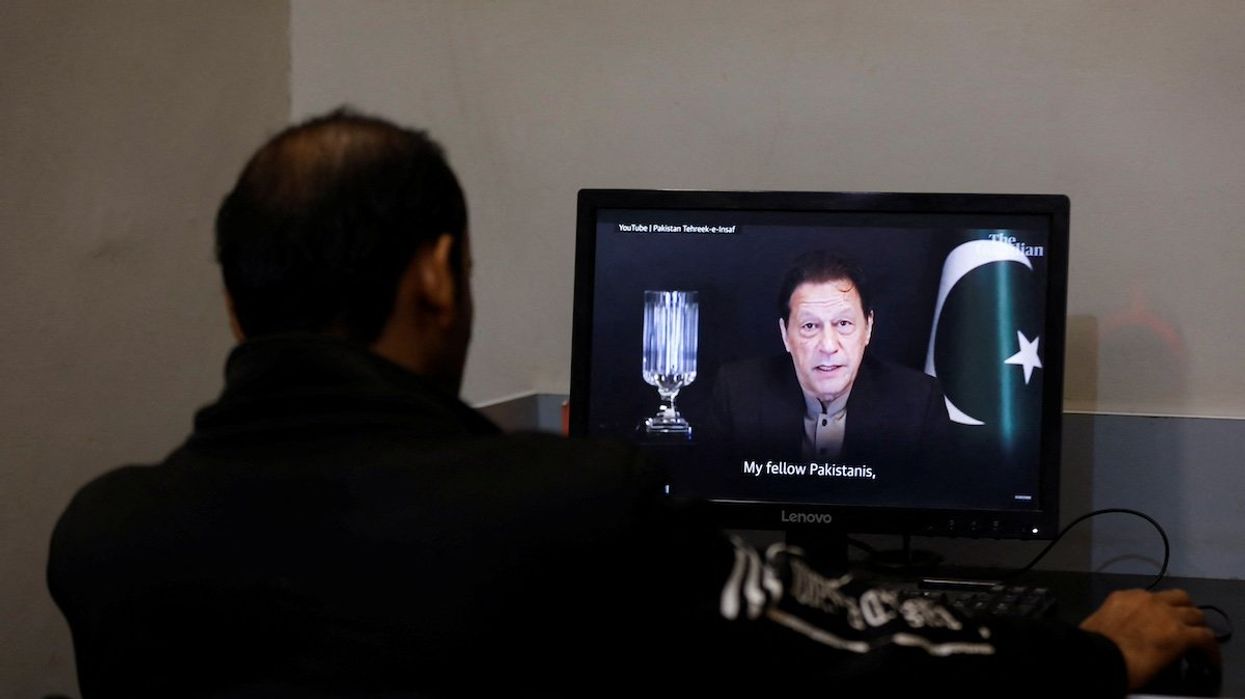GZERO AI
AI election safeguards aren’t great
The Center for Countering Digital Hate has been testing the most popular AI tools to see if they’re able to be manipulated to generate election disinformation despite public promises and usage rules to the contrary.
Mar 12, 2024

